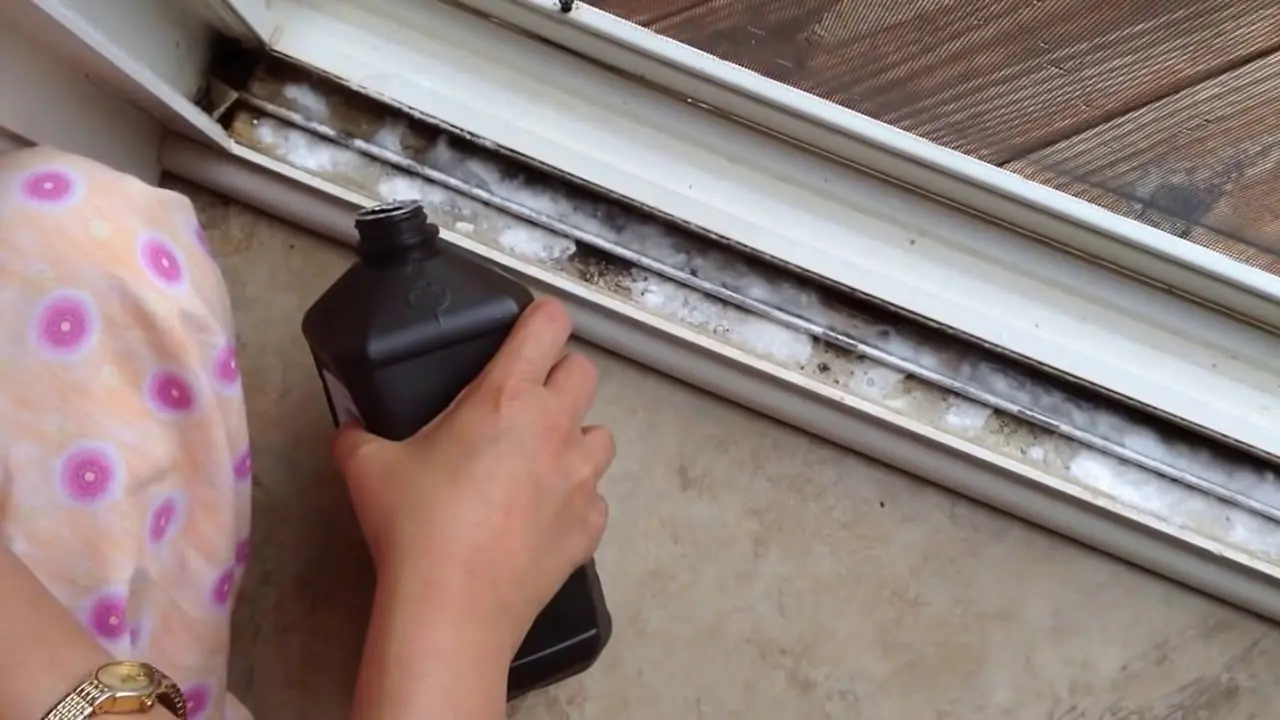Because of their space-saving and aesthetic benefits, sliding doors are a popular choice for many homeowners. However, the tracks that allow sliding doors to move smoothly can accumulate dirt, debris, and grime over time. Sliding door tracks must be cleaned and maintained regularly to ensure proper operation. In this article, we will go over how to clean sliding door tracks step by step, as well as some helpful tips and tricks.
Understanding Sliding Door Tracks
Before we begin cleaning, it is important to understand the anatomy of sliding door tracks. The upper track, which is usually located at the top of the door frame, and the lower track, which is located at the bottom, are the two main components of sliding door tracks. These tracks are in charge of guiding the door and keeping it running smoothly. Dust, pet hair, and other particles can accumulate in these tracks over time, impeding the movement of the door.
Tools and Materials
Gather the following tools and materials to effectively clean sliding door tracks:
- A brush attachment for a vacuum cleaner
- Brush or toothbrush that is stiff
- Cloth made of microfiber
- Solution of mild detergent or vinegar
- Screwdriver (if required)
- Lubricant based on silicone
Having these items ready will make the cleaning process more efficient.
Preparation for Cleaning
It is critical to properly prepare the area before beginning to clean the tracks. To gain access to both the upper and lower tracks, fully open the sliding door. If necessary, use a screwdriver to remove any impediments to the cleaning process, such as screws or nails. Once the tracks are clear, you’re ready to move on to the next step.
Cleaning the Tracks
To begin cleaning the tracks, use a vacuum cleaner with a brush attachment to remove any loose dirt, dust, or debris. Clean thoroughly, making sure to reach all corners and crevices. Scrub the tracks with a stiff brush or toothbrush to remove any stubborn dirt or grime. Particular attention should be paid to the areas where the door slides, as these are prone to accumulation.
Removing Stubborn Dirt
In some cases, stubborn dirt or residue may be difficult to remove with brushing alone. In such cases, mix a few drops of mild detergent or vinegar with warm water to make a gentle cleaning solution. Dip a microfiber cloth into the solution and scrub the affected areas. This will help break down the dirt and make it easier to remove.
Lubricating the Tracks
To ensure smooth operation, lubricate the tracks after thoroughly cleaning them. Apply a small amount of silicone-based lubricant to the tracks with a cloth. Make sure the lubricant is evenly distributed along the entire length of the tracks. This will help to reduce friction and prevent future dirt accumulation.
Preventive Maintenance
Maintaining sliding door tracks regularly is critical to keeping them clean and functional. Consider putting the following preventive measures in place:
- Vacuum the tracks regularly to prevent dirt and debris buildup.
- Remove any surface dust from the tracks with a microfiber cloth.
- Use abrasive cleaners and tools to avoid damaging the tracks.
- Keep the tracks dry to avoid moisture-related problems like rust.
By incorporating these practices into your cleaning routine, you can increase the lifespan and performance of your sliding door tracks.
Common Issues and Troubleshooting
Despite routine cleaning and maintenance, sliding door tracks can occasionally malfunction. Here are some common issues and possible solutions:
- Check for obstructions, debris, or misaligned tracks if your movement is stuck or difficult. As needed, clean and realign.
- Excessive noise: To reduce friction, lubricate the tracks with a silicone-based lubricant.
- Tracks that have been severely damaged: If the tracks have been severely damaged, consider consulting a professional for repair or replacement.
Conclusion
Cleaning sliding door tracks is a simple but important task that can improve the functionality and longevity of your sliding doors. You can effectively remove dirt, debris, and grime from the tracks by following the steps outlined in this article. Remember to perform regular maintenance and address any issues as soon as possible to avoid further damage.
FAQs
-
Q: How often should I clean the tracks on my sliding doors?
A: It is recommended that sliding door tracks be cleaned at least once every three months, and more frequently if they are exposed to a lot of dirt or debris.
-
Q: Can I clean sliding door tracks with a pressure washer?
A: Using a pressure washer is not recommended because the high-pressure water can damage the tracks. Stick to the manual cleaning methods outlined in this article.
-
Q: What should I do if the tracks on my sliding door are rusted?
A: If you notice rust on your sliding door tracks, gently scrub the rust away with a rust remover solution and a wire brush. Then, as mentioned in the article, clean and lubricate the tracks.
-
Q: Do you have to take the sliding door off to clean the tracks?
A: In most cases, you can clean the tracks without removing the door. However, removing the door may be necessary if you are dealing with stubborn dirt or need to perform extensive repairs.
-
Q: Can I use WD-40 as a lubricant for sliding door tracks?
A: While WD-40 can temporarily lubricate sliding door tracks, it is not recommended for long-term use. Instead, opt for a silicone-based lubricant specifically designed for this purpose.
